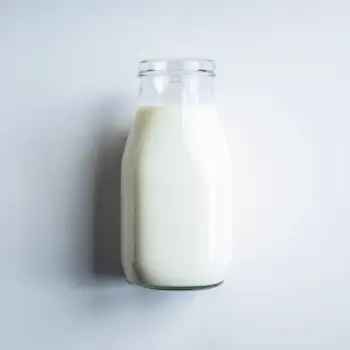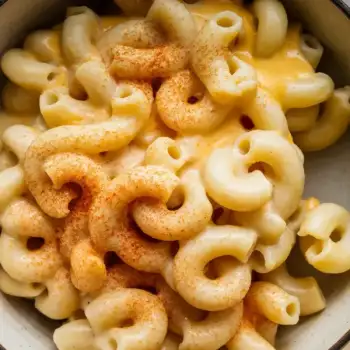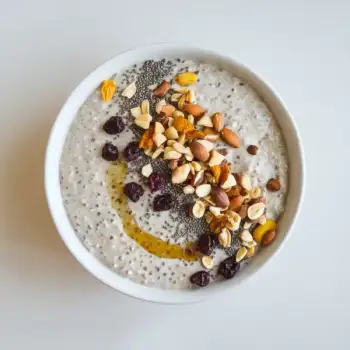


Whole Milk
Milk in its most natural form, with all its fat content, providing a rich taste and creamy texture.
Organic Milk
Milk produced following organic farming practices, without the use of synthetic pesticides or fertilizers.
Skimmed Milk
Milk that has had the majority of its fat removed, offering a lighter option with less creaminess.
Powdered Milk
Dehydrated milk that can be reconstituted with water, useful for long-term storage and as a backup option.
Condensed Milk
Milk that has been reduced and sweetened, often used in desserts and sweet dishes.
Evaporated Milk
Canned milk with about 60% of the water removed, used for cooking and baking to add creaminess without additional moisture.
Semi-Skimmed Milk
Milk that strikes a balance between whole and skimmed, with a moderate fat content.
UHT (Ultra-Heat Treated) Milk
Milk that has been processed at high temperatures to extend its shelf life, available in shelf-stable cartons.




UHT milk: Parmalat
whole milk: Horizon Organic
organic milk: Stonyfield Farm
skimmed milk: Organic Valley
powdered milk: Nestle Nido
condensed milk: Eagle Brand
evaporated milk: Carnation
semi-skimmed milk: Borden

Scalding: Heating milk to just below boiling point, around 180°F (82°C), is known as scalding. This technique is often used in baking and custard preparation to ensure a smooth texture and to deactivate enzymes that can affect the final product.
Steaming: For coffee and tea beverages, steaming milk creates a creamy, frothy texture. It involves heating the milk with steam from an espresso machine, which introduces air and creates microfoam.
Simmering: Gently cooking milk at a low temperature is essential for making sauces, hot beverages, and some desserts. It allows flavors to meld without the milk boiling over or forming an unwanted skin.














